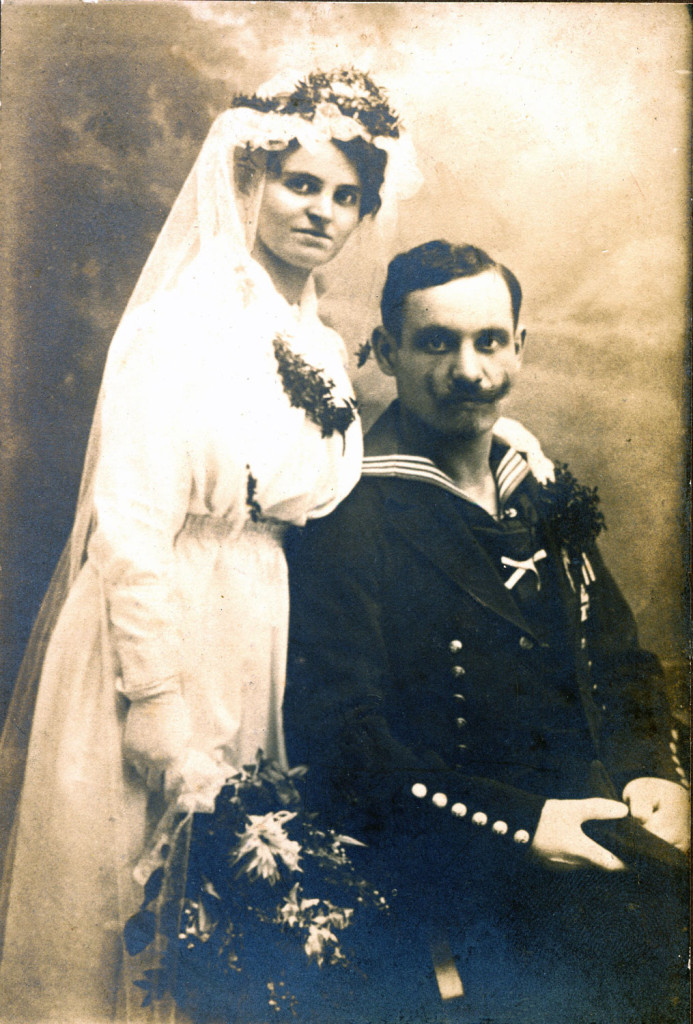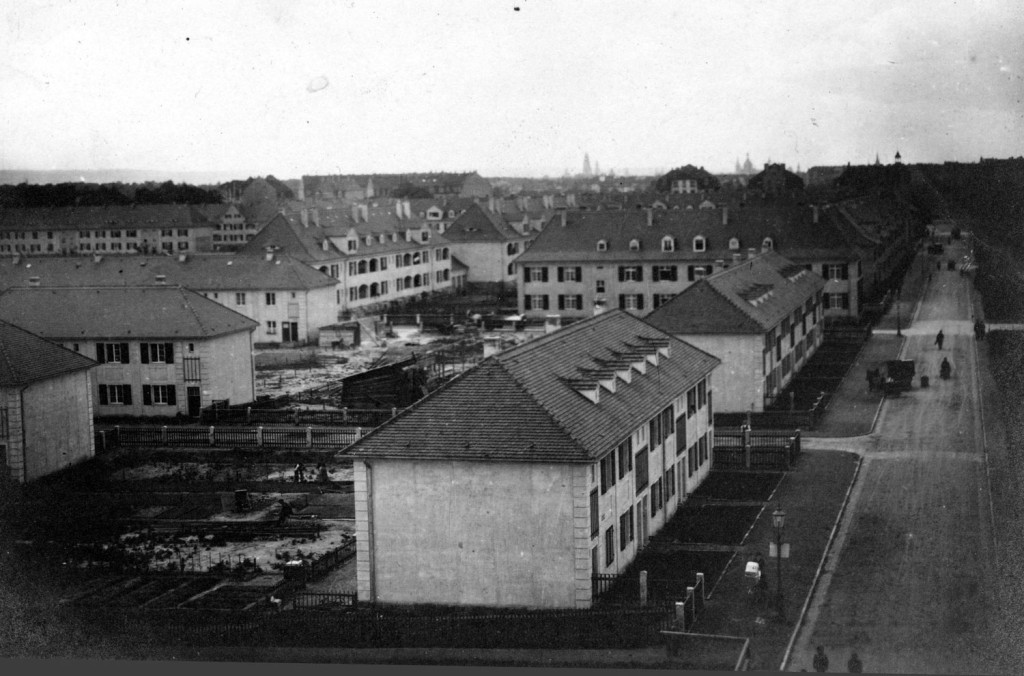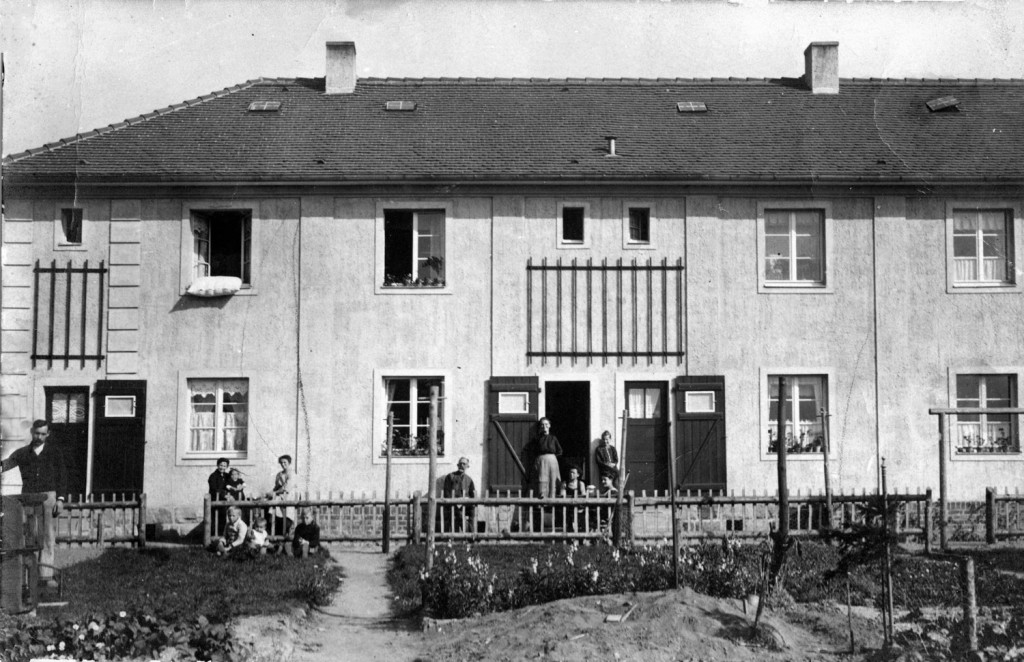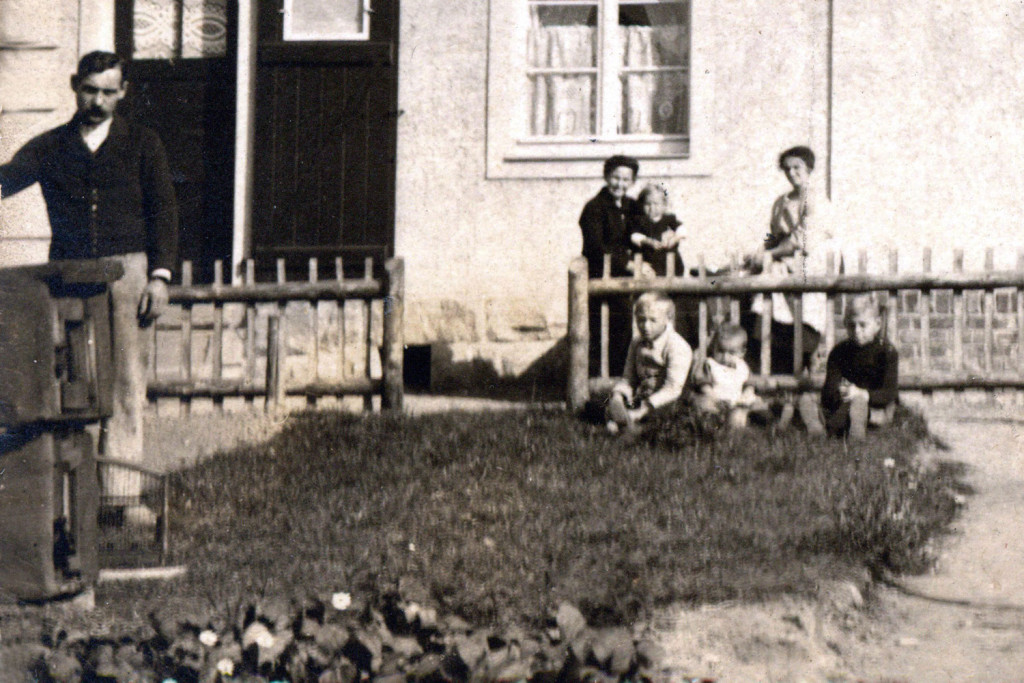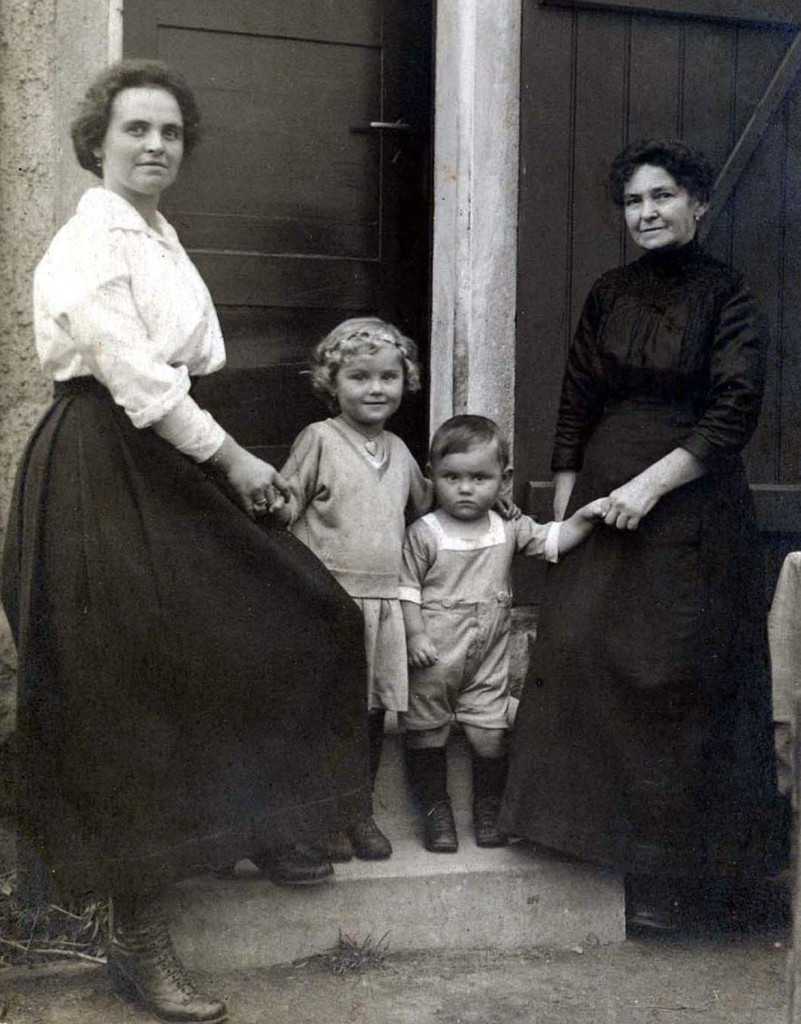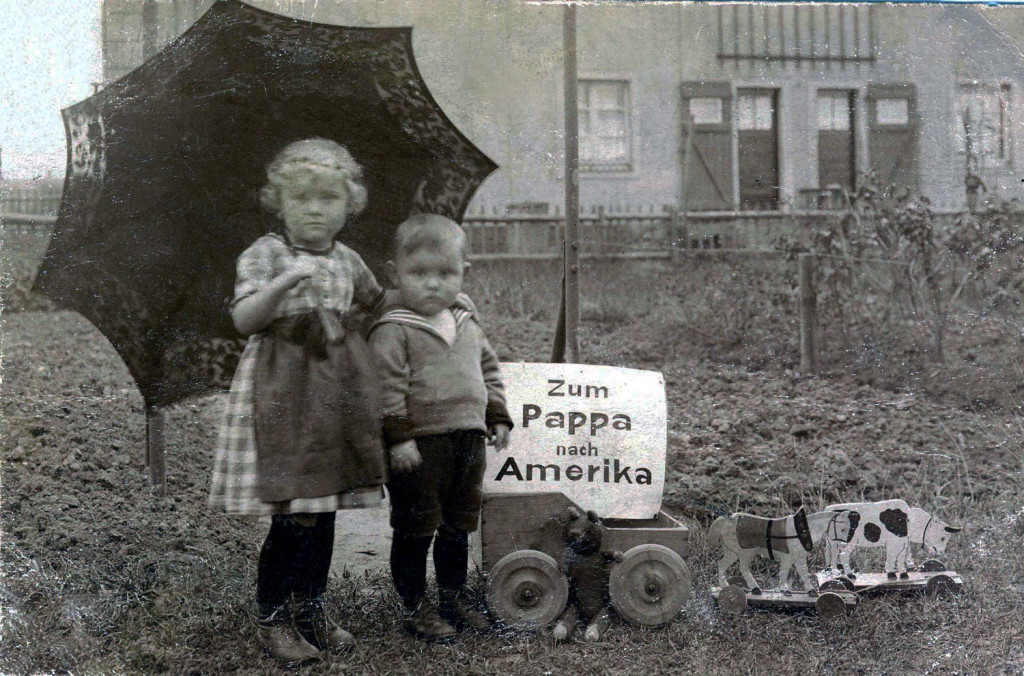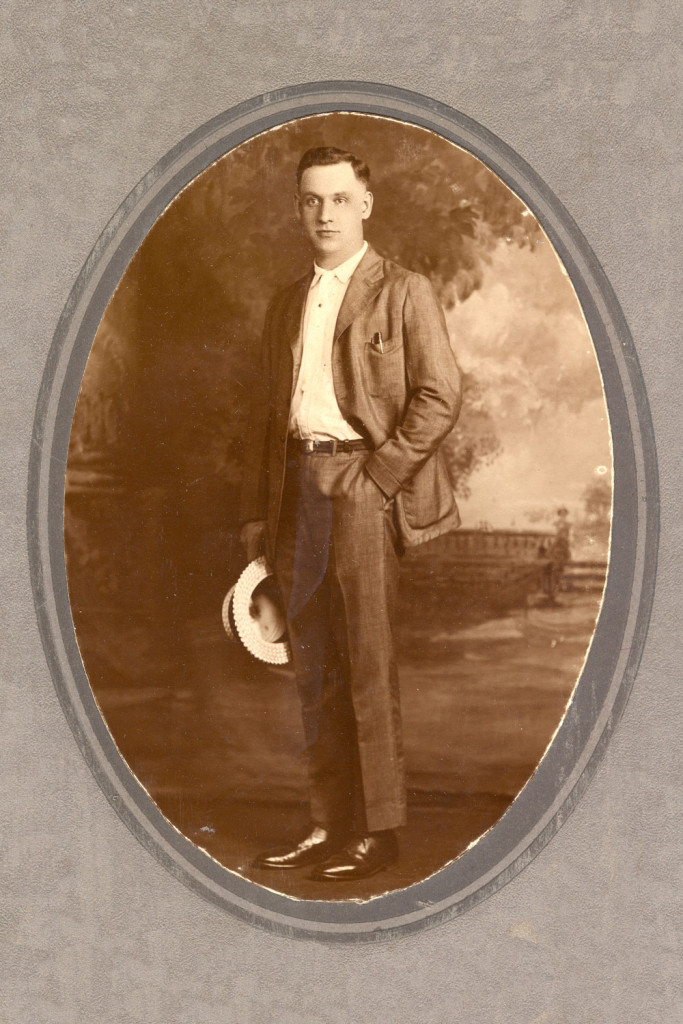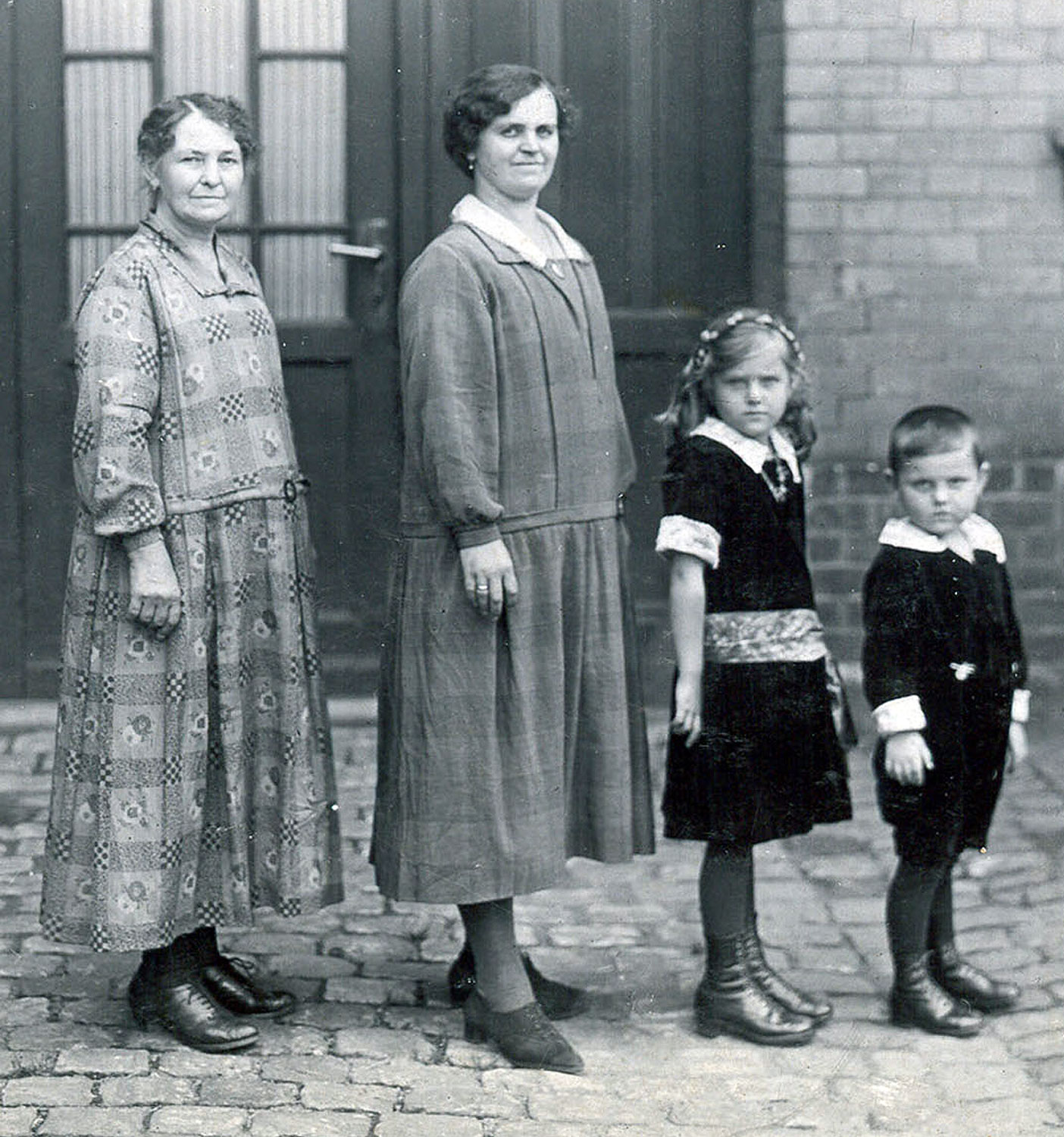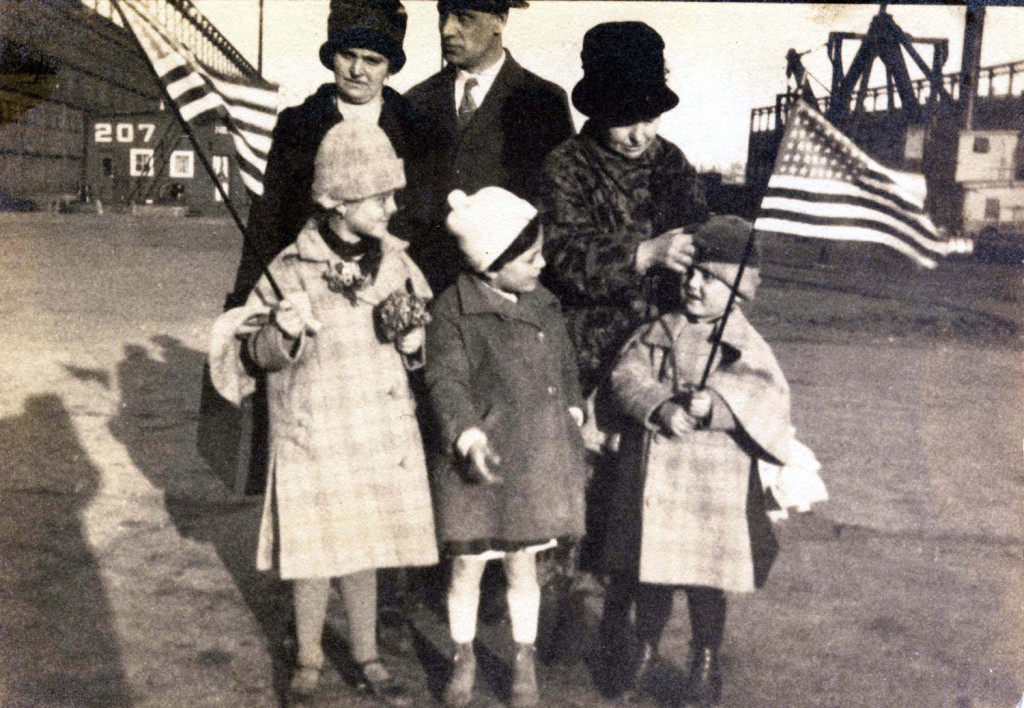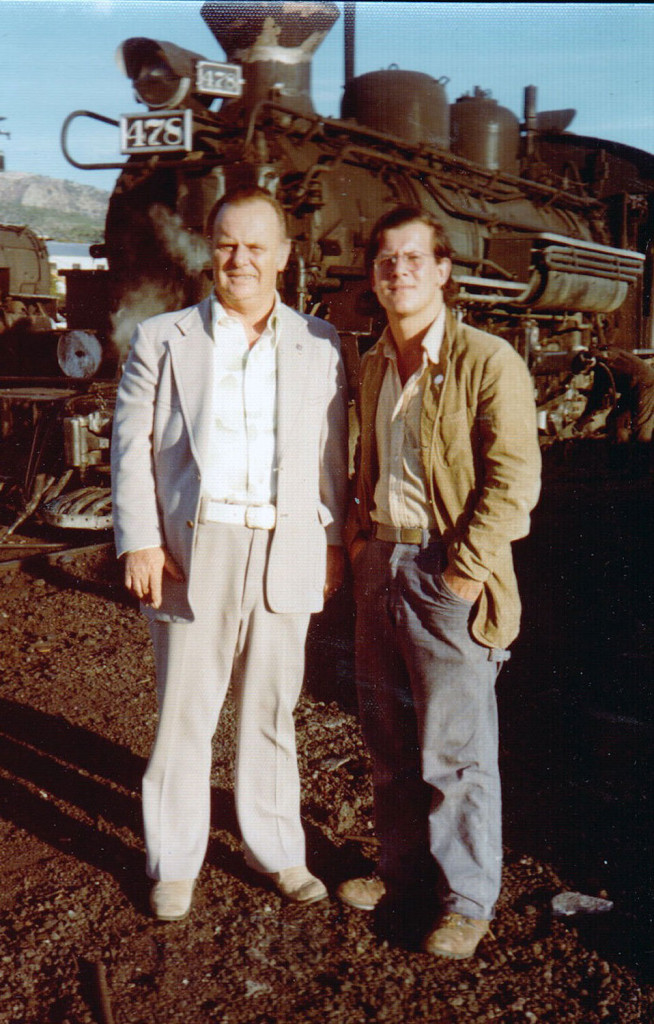The CollectionThis Collection combines two separate but related postcard collections from Germany, each started around 1900. Gertrud Häfner, born in 1892 in Altendorf bei Chemnitz, Germany, created one collection. Martin Nauke, born in 1892 in Hirschberg, Schlesien, Germany, created the other. These were personal collections that contained cards sent to and from the Häfner or Nauke families. The two collections were combined when Gertrud and Martin married on December 31, 1917. Gertrud assembled the over 600 postcards into 4 albums and brought them with her when she left her home in Dresden, Germany, in March of 1927, to join her husband in New York City. The full collection remained with Gertrud even after she and Martin separated a few years later and divorced in 1938. Gertrud, with her children Elizabeth and Wolfgang, and her mother Clara, left New York City to live near her brother Max, who was working as a faux plaster artist and painter in Huntington, Long Island, New York. In the early 1960s Gertrud came to live with her son Wolfgang (my father), and us in Huntington. These are my earliest memories of my Grandmother and her postcards. She then went to live with her daughter Elizabeth and her family in nearby Northport. For a time she had her own apartment before returning to live with us again in the early 1970s. Coincidentally at that time, I was working on lining a closet with cedar wood, and I made a special cedar box for Gertrud’s albums. When she once again left to live with her daughter, Gertrud took only one of the 4 albums. After she broke her hip, she was moved to a nursing home where she passed away in 1978. That one album remained in the home of Elizabeth, and was handed down through her to Gertrud’s great granddaughter. The Rediscovery In 1996, after both of my parents had passed away, my two brothers and I went through the contents of their house. In the process, I rediscovered two of the postcard albums intact in their cedar box, in the cedar closet. All of the postcards remained in good condition preserved in this cedar box. I brought the postcards back to my apartment in New York City, not far from where Gertrud had lived when she first arrived in America. This time I looked at them through adult eyes. Upon opening the box, I found myself just as spellbound as I had been when I first saw them as a child. Oddly, I was also in possession of my grandmother’s rocking chair, and I sat down in it, just as I had before with my late grandmother, and began to view them, one by one. My fingers passed over them, as if they could read the text, like a blind person reading a letter in Braille. From wonder to fascination, to obsession, my interest grew: I wanted to know more about each postcard, about my grandparents and great grandparents, and about the times and places where they had lived. I knew I would learn much more if I could only read the contents of these cards. The Beginning Of The Journey Each postcard was like a piece of an immense puzzle, that when completed would create a picture of the family and events. It might reveal why these two people chose to leave all that was known to them, their family and friends, to start a new life in America. Their journey ended in heartbreak and divorce. With what little information I had from my father and other relatives, I knew there must have been a cause that had started years or perhaps even generations before. It was evident then, and has now become clearer to me, that there had once been an event that created a great wound in our family. An event handed down the generations, so that the living generation had no idea of its origin but was aware only of its effect on them. I needed to know more but, like a detective researching a cold case, I had only these postcards and a few photos to go on. Not having any letters or any living first hand witnesses, I needed to read these postcards to learn what information or clues they might reveal. I began by organizing each postcard back into two original collections, those addressed to the Nauke family and those to the Häfner family. Next, armed with a magnifying glass, I painstakingly studied every postmark to place each postcard in chronological order. This is where events began to get strange. Whether You Call It A Miracle, Or Synchonicity, Or A Coincidence, It’s Still Really Strange! In 1996, several months after the death of my father: the winter holidays had just passed and it was the first year that I had not celebrated with my parents. I was thinking of them a lot and one night I awoke from a very strange dream. I dreamt I was standing in a room with a man and a woman who were telling me about the place where my father’s family came from. In the dream, I told the man that I was not familiar with the area he was discussing. He left and a moment later returned with a book that was opened to a page with a map on it. With a loud thump he put his finger to the page and said, “It is here.” Where his finger pointed, I read the word “Theisse.” That day at work I spoke with co-workers about the dream. They said it was an important dream and that I should write it down and look up the place “Theisse.” I returned home that evening but before I could do any investigating, I received a call from a person named Wito. He told me he was in New York visiting a relative born with the name Nawka, the German spelling of which is Nauke. He said that he had found my name in the telephone directory (there still were paper phone directories), and he was wondering if we were related. It was a Friday evening, so he invited me over that Sunday for lunch. Of course I agreed! On Sunday I followed his directions and found myself for the first time in the Forest Hills section of New York City. It was a very eerie feeling, for as a small child I would at times accompany my father when he would go to “The City” from our home on Long Island. We would travel by train and when it passed the neighborhood of Forest Hills I could see from the train window the old Tudor style houses. I believed these were the houses of my nursery rhymes and that they resided in a magical place where some long forgotten secret treasure lay buried under a tree or street or home. I met Wito, his aunt Hanka, and her mother Marata in a beautiful apartment with a piano and many pictures, portraits, and paintings of people and places from what had once been known as East Germany. Marata had been born Nauke in a small village near the town of Bautzen, Germany, to the east of the city of Dresden. They told me of the Nauke family and how they were a very prominent Sorbian family in Bautzen. As Marata played the piano and seamlessly switched between singing folk songs in German, Polish, Sorbian and Russian, there now stood before me a man and a woman telling me where my family came from. When I asked Wito and Hanka where this town of Bautzen was exactly located, Wito stepped away and returned with a book open to a map. He pressed his finger to mark a spot. I looked where his finger pointed and read the name of the river Neisse. This was exactly as it had been in my dream, only the word was not Theisse but Neisse. It was both a frightening and a comforting moment. I felt that I must have been somehow directed here. The treasure that, as a child I had once believed was buried in the streets, was actually here in this room. I could go on to speak about the delicious lunch and the extraordinary desserts, but let’s just skip to Wito inviting me to visit him that Easter in Germany. He offered to show me some of the places we had discussed and to help me learn more about my family story. Return To Sender In April 1996 I took my first trip to Europe to visit Wito. I landed in Berlin with a few dozen postcards and few thousand questions. After a quick tour of Berlin, Wito, his girlfriend Veronika and I were on a train to Dresden. When we arrived in the beautiful city of Dresden the next morning, I was the first in my family to return to the city of my father’s birth. The postcards were back again in the place where most were either sent or received, almost a hundred years ago. But there was no time to see the Dresden, for we were soon on another short train ride to Bautzen. It was in this historic, walled town that Wito and Veronika introduced me to a few people who could help read the postcards. I found it interesting and at times humorous how one could read the old handwritten script, while another knew enough English to translate the German text, and a third was familiar with the towns and villages addressed on the postcards. Together the transcribed and translated text gave me new clues to where I should look for more information. Many of the postcards were addressed to the Nauke family in the town of Schweidnitz. Wito had a friend with a car, and plans were made to travel there on my next visit to Germany. More to follow . . .
| Gertrud Haefner and Martin Nauke, wedding day - Dresden Dec. 31, 1917 Nauke family apartment - Dresden 1922 Nauke family apartment - Dresden 1922 Nauke family apartment - Dresden 1922 Gertrud, Elizabeth, Wolfgang, and Clara - Dresden 1923 Elizabeth and Wolfgang Nauke - Dresden 1923 Martin Nauke - Dresden 1923 Clara, Gertrud, Elizabeth, and Wolfgang - Dresden 1926 Gertrud, Martin, Clara, Elizabeth, cousin Violet, and Wolfgang - Ellis Island, America 1927 Nauke family apartment - Huntington, New York, America - 1930 Wolfgang and Daniel Nauke - America 1977 |
